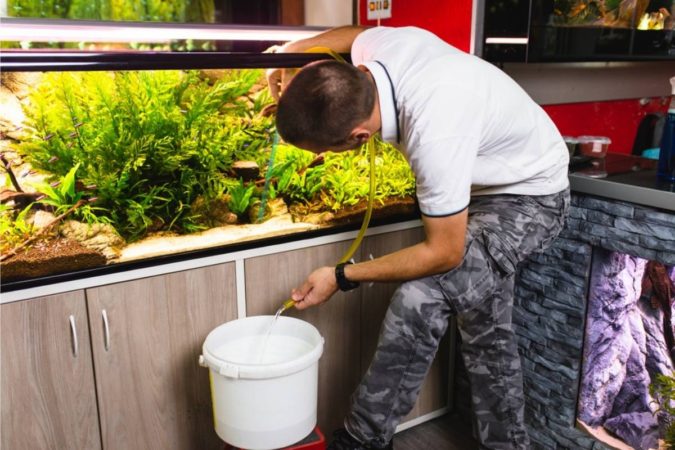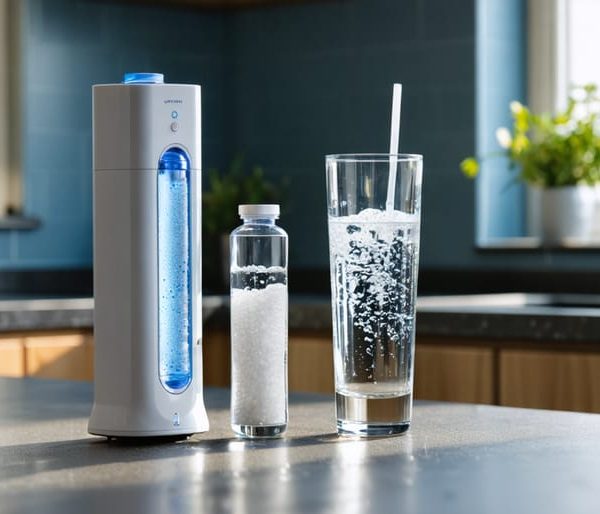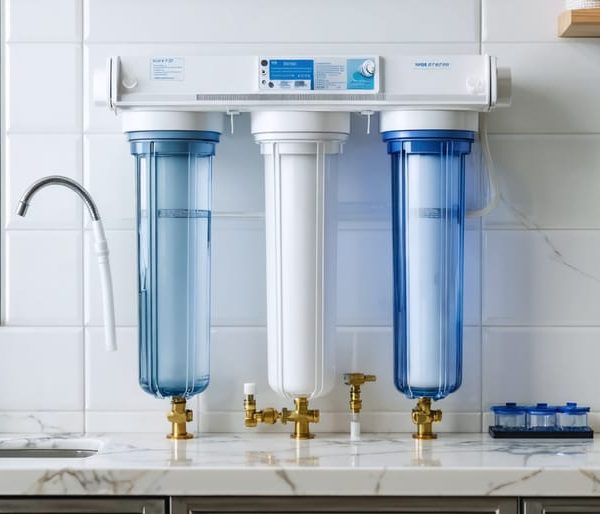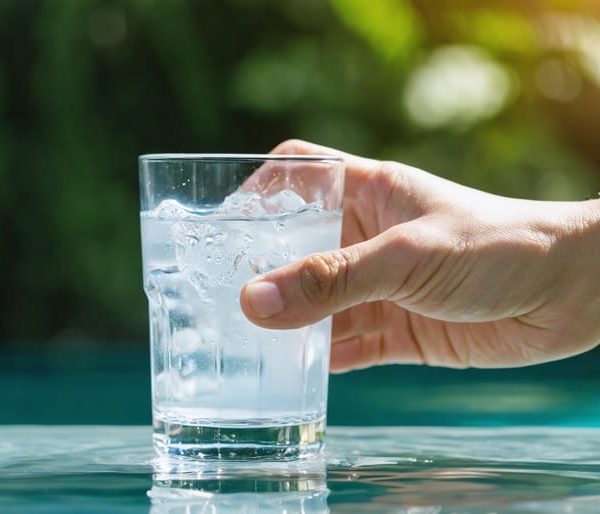To keep your fish healthy, you may need to lower the TDS in an aquarium. You can lower total dissolved solids by using a reverse osmosis system, by changing the fish tank water regularly, by moderately feeding your fish, or by distillation and deionization process.
Five Ways to Lower TDS in Aquarium
1. Reverse Osmosis Filtration
RO filtration is one of the most effective ways to lower TDS in your aquarium water. To get RO water, the fish tank water flows through its filter media, a very fine membrane (with nano-sized pores) capable of filtering out both TDS and total suspended solids.
The pores of this membrane are at 0.0001 atoms, meaning it will trap anything bigger than 0.0001 atoms, and this includes dissolved chemicals such as plant fertilizers and other toxic compounds. RO water with significantly reduced TDS levels will come out at the other side of this membrane.
The water quality will be very high because the size of the RO membrane will filter your water to its purest form.
2. Regularly Change the Water

Keeping water in the tank for a long time increases TDS levels. To maintain the proper TDS level or reduce TDS in your tap water, ensure you regularly change the water in your tank. How often you change your tap water should depend on how fast TDS builds up in your water.
To monitor your water parameters or tap water TDS, use this aquarium test kit for TDS readings.
3. Moderately Feed Your Fish
Whether you’re into industrial fish farming or it’s an aquarium hobby, you should regulate the way you feed your fish. When you overfeed your tropical fish or shrimp species, it can lead to an accumulation of organic and inorganic material, which will raise TDS in your water, resulting in a high TDS level.
The leftovers of either floating around or sinking to the bottom of the tank will trigger this build-up.
4. Distillation
Producing distilled water doesn’t require water filtration or water purification. It’s not the most effective method. However, it’s straightforward to execute. It involves simple science to lower the TDS level in your small tank.
All you have to do is boil the water. This will trigger water evaporation. The water will vapourize and then condense back into liquid form. The liquid form is distilled water.
Since dissolved solids and other salts cannot vapourize, they will be left at the bottom of the boiling solution. This method doesn’t just reduce TDS value but also enhances water clarity.
5. Deionization
Unlike distilled or RO water, deionized water is produced when water flows through a membrane with positive and negative electrical conductivity. The positively charged ions will be drawn to the negative electrode during deionization, removing them from the water.
This method works best with an RO unit because the non-ionized contaminants must first be eliminated from the water. It can also be used to eliminate the remaining TDS in your distilled water. Water geysers and heaters utilize this process to treat water hardness to produce soft water. It’s like a water conditioner.



